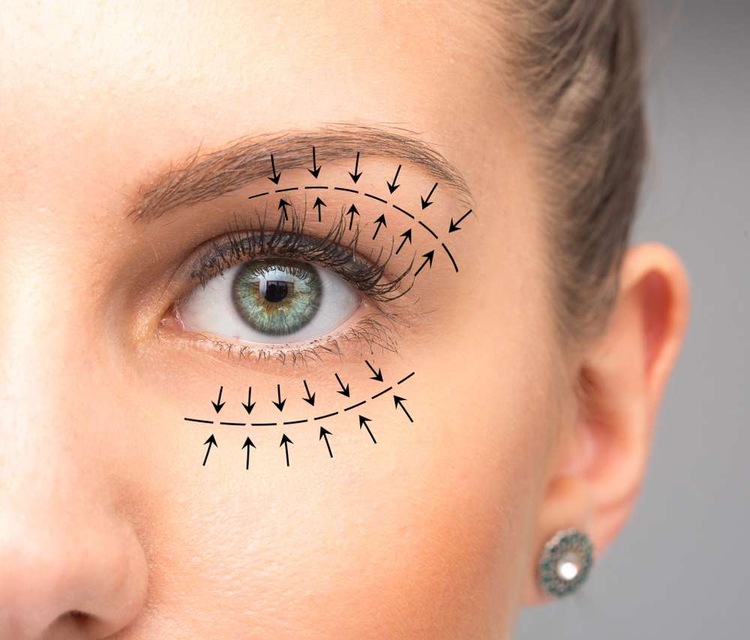Shining a Light on Hair Transplantation: A Comprehensive Overview
Hair transplantation, a surgical technique that moves individual hair follicles from one part of the body to another, has a fascinating history that stretches back over a century. The first recorded hair transplant surgery took place in Japan in 1939, performed by Dr. Shoji Okuda. However, due to the outbreak of World War II, his revolutionary work went unnoticed by the global medical community.

It wasn’t until the 1950s that hair transplantation gained momentum in the West, thanks to the pioneering work of New York dermatologist Dr. Norman Orentreich. His groundbreaking research established the concept of ‘donor dominance,’ which posits that hair follicles taken from areas of the scalp resistant to balding will retain this resistance when transplanted to balding areas.
Since then, hair transplantation techniques have evolved tremendously. The 1980s saw the introduction of mini- and micro-grafting techniques, which allowed for a more natural appearance. In the early 2000s, follicular unit transplantation (FUT) became prevalent, further enhancing the natural look of transplanted hair.
The Hair Transplantation Process
The hair transplantation procedure involves extracting hair follicles from a ‘donor site’ (typically the back or sides of the scalp, where hair is resistant to balding) and transplanting them to a ‘recipient site’ (the balding area). Two primary techniques are used today: Follicular Unit Transplantation (FUT) and Follicular Unit Extraction (FUE).
FUT involves removing a strip of the scalp from the donor area, dissecting it into individual follicular units, and implanting these into the recipient site. FUE, on the other hand, involves the direct extraction of individual follicular units from the donor area, which are then implanted into the recipient site. Each technique has its advantages and drawbacks, with FUE generally seen as less invasive and leaving fewer visible scars, but potentially less efficient in terms of graft survival.
Current Relevance and Trends in Hair Transplantation
Hair loss, a common issue affecting both men and women, can significantly impact self-esteem and quality of life. As such, hair transplantation has become an increasingly popular solution. The American Society of Plastic Surgeons reported a 27% increase in hair transplant procedures between 2016 and 2017 alone.
One growing trend in the field is the use of robotic-assisted FUE, which can increase the precision and speed of follicle extraction. Additionally, advancements in regenerative medicine, such as the use of platelet-rich plasma (PRP) and stem cell therapy, have the potential to further enhance the outcomes of hair transplantation by promoting better graft survival and growth.
Reception and Impact of Hair Transplantation
Hair transplantation has generally been well-received, with many patients reporting significant improvements in self-confidence following the procedure. However, like all medical procedures, it is not without risks. Potential complications include infection, scarring, and unnatural-looking hair growth. As a result, it’s crucial for individuals to thoroughly research and consult with experienced surgeons before deciding on the procedure.
The impact of hair transplantation goes beyond individual patients. It has also shaped societal perceptions of hair loss and cosmetic surgery, normalizing these once-taboo topics. Furthermore, the technological advancements and research in hair transplantation have paved the way for developments in other areas of regenerative medicine.
Unique Insights into Hair Transplantation
While hair transplantation is commonly associated with scalp hair, the technique can also be used to restore or enhance hair in other areas, such as eyebrows, eyelashes, and beards. Furthermore, not all hair transplant patients are balding—some seek the procedure to change their hairlines or increase hair density.
Interestingly, the future of hair transplantation may lie in cloning technology. Researchers are exploring the possibility of cloning a patient’s hair cells and using these to grow new follicles. This could potentially overcome the limitation of donor supply, a primary challenge in hair transplantation.
In conclusion, hair transplantation has come a long way since its inception in the 1930s. Today, it stands as a testament to the intersection of art and science, combining surgical precision with aesthetic judgment to restore not just hair, but also self-confidence. As technology and research continue to advance, the future of hair transplantation holds promising possibilities.




